Author: Lizzie Smith – blog last updated on Wednesday 8th January 2024
Bad breath is a clear indication your mouth stinks! Almost no one wants that, but the tricky thing is you can’t always tell if you have bad breath. In this article, we discuss the possible causes and consequences of bad breath (halitosis or foetor ex ore) and, of course, what you can do about it.
The causes of bad breath
Whilst there are several possible causes, 85% of bad breath comes from the oral cavity. The stench usually doesn’t come from the stomach as was previously thought but is caused by an excess of anaerobic bacteria in the mouth.
Anaerobic bacteria
These are bacteria that thrive in oxygen-poor environments. These bullies have no odour, but they convert sugars, including carbohydrates, into extremely smelly gases. As you can imagine, these so-called sulphuric gases, including ammonia and hydrogen sulphide, don’t smell very nice!

Anaerobic bacteria can hide in different places in your mouth. Firstly, together with saliva and food particles, they form part of dental plaque. This mixture creates a thin layer on your teeth, on the border of teeth and gums, and between your teeth. If you don’t remove plaque daily, you not only run the risk of bad breath but also of caries (cavities), yellow teeth and gum infections. Inflamed gums act like a magnet for harmful bacteria, so this infection further contributes to bad breath.
Bad taste in the mouth
The same anaerobic bacteria can cause a foul, bitter or metallic taste in your mouth. The more the natural balance in the oral cavity is disturbed, the stronger the bad taste in your mouth becomes. Furthermore, you run a significant risk that the fungus, Candida albicans, will also increase and cause an oral fungal infection.
Bacteria on your tongue
Your tongue, especially the rough back, is a cosy place for harmful anaerobic bacteria. Tiny food residues can quickly get stuck between the taste and tongue papillae, providing an abundant meal for the bacteria.
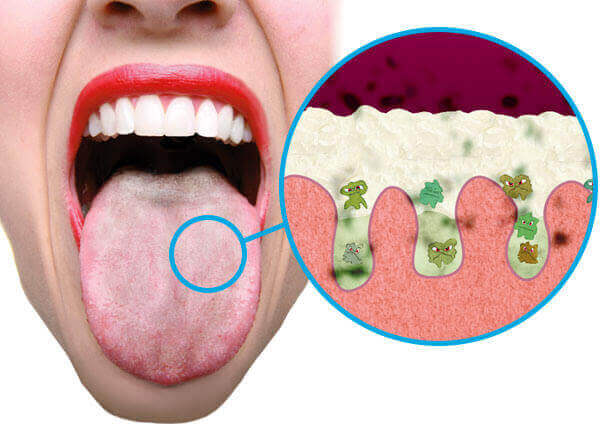
Even people who take great care of their oral hygiene and carefully remove plaque from their teeth every day often overlook the back of their tongue. Even if you take perfect care of your teeth, you can still have bad breath due to an excess of harmful bacteria.
Tonsil stones
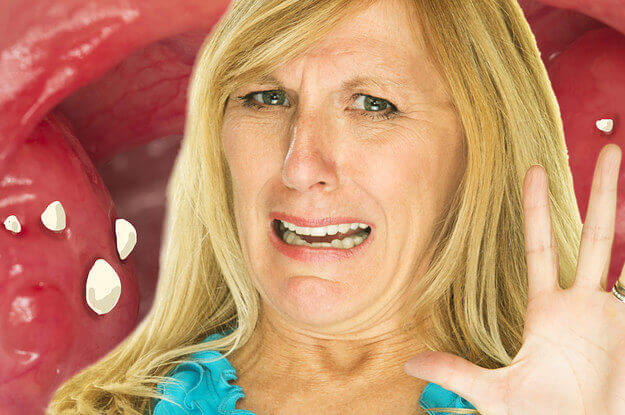
You can read more about tonsil stones here.
Disturbed oral flora and/or dry mouth
Anaerobic bacteria can also increase if the natural balance of the oral flora is disturbed. This can happen due to using toothpaste and mouthwash that contain harmful ingredients, or a lack of saliva. Dry mouth complaints always play into the hands of harmful bacteria. But as saliva is rich in oxygen, it keeps them in check. Dry mouth complaints can have very different causes.
You can read more about dry mouth and what you can do about it here.
The effect of a shortage of saliva is noticeable in the so-called “morning halitosis”. When you sleep, the oral mucosa dries out, especially if you sleep with your mouth open. This temporary mouth odour disappears after brushing your teeth or eating breakfast.
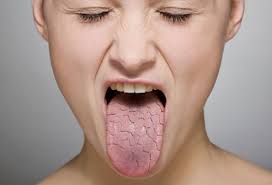
Eating, drinking and smoking
Other temporary forms of bad breath are caused by consuming something, such as a meal containing a lot of garlic or an excess of alcohol. Smoking also gives the mouth a foul odour. Whilst some may recoil from the smell of garlic, morning breath or excess smoking, this doesn’t count as halitosis.
Bad smell coming from the nasal cavity
Sometimes, the bacteria that cause bad breath aren’t in the mouth but in the nasal cavity. When you have a cold or sinus infection, the concentration of bacteria can be so high that it gives off a foul odour.
There is also the so-called post-nasal drip. This is a natural reaction to excess nasal mucus. To prevent the pressure there from becoming unbearable, the extra snot drips into the pharynx.
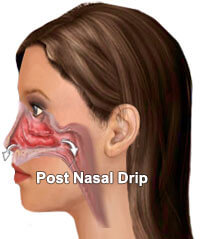
Underlying disease
Only a tiny percentage of halitosis cases are caused by an underlying disease, such as stomach problems. In most cases, halitosis is a matter of the above-mentioned anaerobic bacteria, and you can solve it yourself by paying more attention to your oral hygiene. If you’re unable to, you should consult your doctor.
You can read more about bad breath due to stomach and intestinal complaints here.
The consequences of bad breath
Firstly, the causes of halitosis are never beneficial for your oral health. In other words, if you suffer from bad breath, there’s usually something going on in your mouth. This could be plaque that hasn’t been removed, a white or yellowish deposit on the tongue, or gum disease. In any case, deteriorated oral health is not conducive to preserving your teeth.
However, a bad mouth odour has even more consequences. People may avoid you because they’re treated to an unbearable stench during a conversation. Naturally, this will make you feel insecure and lead to a lack of self-confidence, negatively affecting your social life.
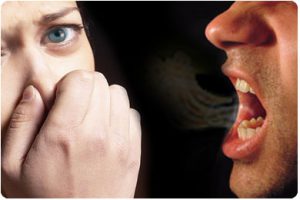
Both consequences of bad breath are undesirable. And be careful; you don’t always realise you suffer from bad breath because you’re used to your smell!
What can you do about bad breath?
Now we’ve looked at the causes and consequences of halitosis, it’s time to get started and improve the quality of your breath.
Start at the beginning: test the quality of your breath.
As mentioned above, you don’t always realise you have bad breath because you’re used to your own odour. Classic methods of testing your breath include exhaling against a mirror, or licking the back of your hand and then smelling it. Much more reliable is the Hali-Q Breath Tester. This clever device tests the quality of your breath quickly and accurately by analysing it for the content of sulphurous gases.
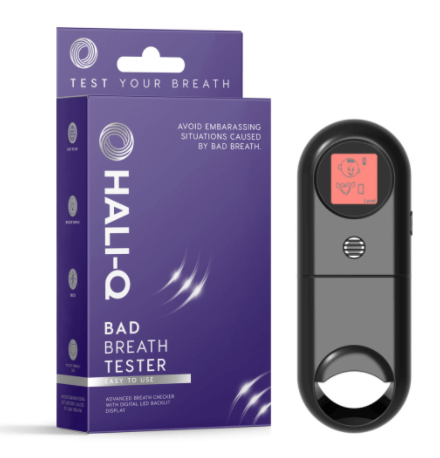
If your breath is OK, you can be sure of things for now. If the Hali-Q breath tester indicates the quality of your breath leaves something to be desired, proceed with the following steps outlined below.
Conversely, some people are convinced they have bad breath and are ashamed of it. However, their breath is actually fresh! In these cases, it’s also a good idea to test to what extent (if any) your breath smells. If the Hali-Q Breath Tester doesn’t sound any alarms, you can let go of any uncertainty.
Combat harmful bacteria without disrupting your oral flora.
It may sound strange, but many toothpastes and mouthwashes contain ingredients that disrupt your oral flora. Antiseptics such as alcohol, chlorhexidine and triclosan kill bacteria. However, they don’t distinguish between harmful and beneficial microbes, so they disrupt your oral flora. And it’s precisely this balance that’s important to keep harmful bacteria under control.
In addition, such toothpastes and mouthwashes often contain the foaming ingredient SLS (sodium lauryl sulphate) that irritates the oral mucosa. High concentrations of menthol and other stinging ingredients are also present, which do nothing but give you the idea that you’re using „strong stuff“.
Instead, it’s better to choose mild oral care products that effectively combat harmful bacteria but also respect the oral flora. This is possible with toothpaste and mouthwash from JuliBrite and Oxyfresh.
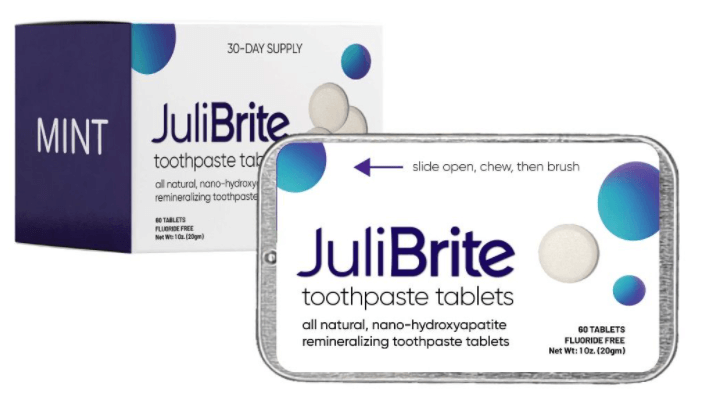
- JuliBrite toothpaste has a unique formula in which active oxygen and zinc kill harmful bacteria without affecting the balance of the oral flora. The natural enzyme hyaluronan has an anti-inflammatory effect, which is just as effective as chlorhexidine but with respect for the rest of the oral flora. The added natural sweetener, xylitol, inhibits dental plaque, helps prevent caries (cavities) and stimulates the salivary glands due to its cool, fresh taste.
- RyttPro Toothpaste Magic Mint also combats anaerobic bacteria that respect the oral flora. The powerful formula, OZ-3X, is a highly effective combination of active oxygen (stabilised chlorine dioxide), zinc, and cetylpyridinium chloride (CPC). This toothpaste stabilises the acidity in the mouth.
Both of these toothpastes contain no harmful, oral flora-disrupting ingredients or questionable chemicals such as parabens, phthalates, or artificial flavours or colours. These brands also offer safe mouthwash with effective, mouth-friendly formulas.
Clean your tongue daily.
Even people who care perfectly for their teeth often overlook an important source of bad breath. The back of your tongue is rough, and white deposits can easily stick between the tongue and taste buds… a place where bacteria thrive.
Brushing your tongue with your toothbrush is a bad idea. Your toothbrush is intended for your tooth enamel, so the bristles are much too coarse and hard for your tongue tissue. The head of your toothbrush is also too high to clean the back of your tongue correctly.

Use a tongue scraper or a special tongue brush, which has fine soft bristles. A tongue cleaner with a brush and a scraper side is even better. With RyttPro and JuliBrite, you can keep your tongue clean. In addition to the tongue cleaner, both have a product in their Clean Tongue Package that you brush on and let work for a minute. Then, use the scraper side to scrape the gel or foam over your tongue.
Keep your mouth even cleaner with Oral Icon Tonsil Serum
If you feel your bad breath is coming from your tongue, you can further disinfect it in a mouth-friendly manner after cleaning. Use a few drops of Oral Icon Tonsil Serum on the back of your tongue and in your throat to kill harmful bacteria and neutralise their smelly gases without affecting the natural balance of the oral flora.

Prevent or remove tonsil stones.
Tonsil stones, whether small or large, will guarantee stinky breath. Here, too, it’s the bacteria that excrete the stench. Tonsil stones can be located in the tonsil crypts, in the grooves of the tonsils, and in the tonsils of the tongue. You can’t see the latter because they’re all the way at the base of your tongue. However, you can often see tonsil stones in your tonsils and the crypts.
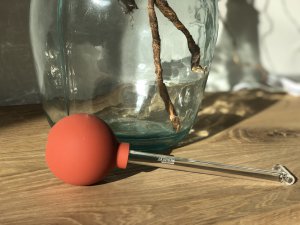
Treat dry mouth complaints.
A lack of saliva affects the balance of oral flora and contributes to bad breath and other oral problems, such as gingivitis and caries (cavities). If you suffer from dry mouth complaints, for whatever reason, you should pay attention to it. Firstly, choose toothpaste and mouthwash with the right ingredients, such as those from JuliBrite or RyttPro.
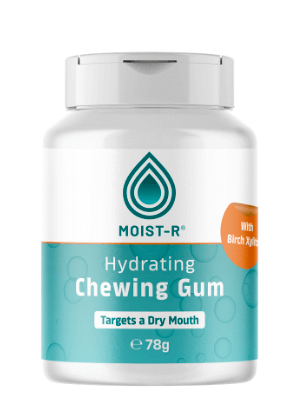
Keep your mouth extra hydrated during the day with unique products against dry mouth. For example, spray a few times daily with Moist-R Moisturizing Mouth Spray, or choose Moist-R Hydrating Chewing Gum or Moist-R Xylitol Tablets for Dry Mouth. These are dental care chewing gum and lozenges containing the natural sweetener xylitol. Its fresh, cool taste stimulates the salivary glands.
Keep your nasal cavity clean.
Occasionally, bad breath comes from the nasal cavity. In case of colds, flu and allergies, it’s a good idea to soothe the nasal mucous membranes and combat the bacteria with natural remedies. This also makes the post-nasal drip, the natural discharge of snot to the pharynx, cleaner.
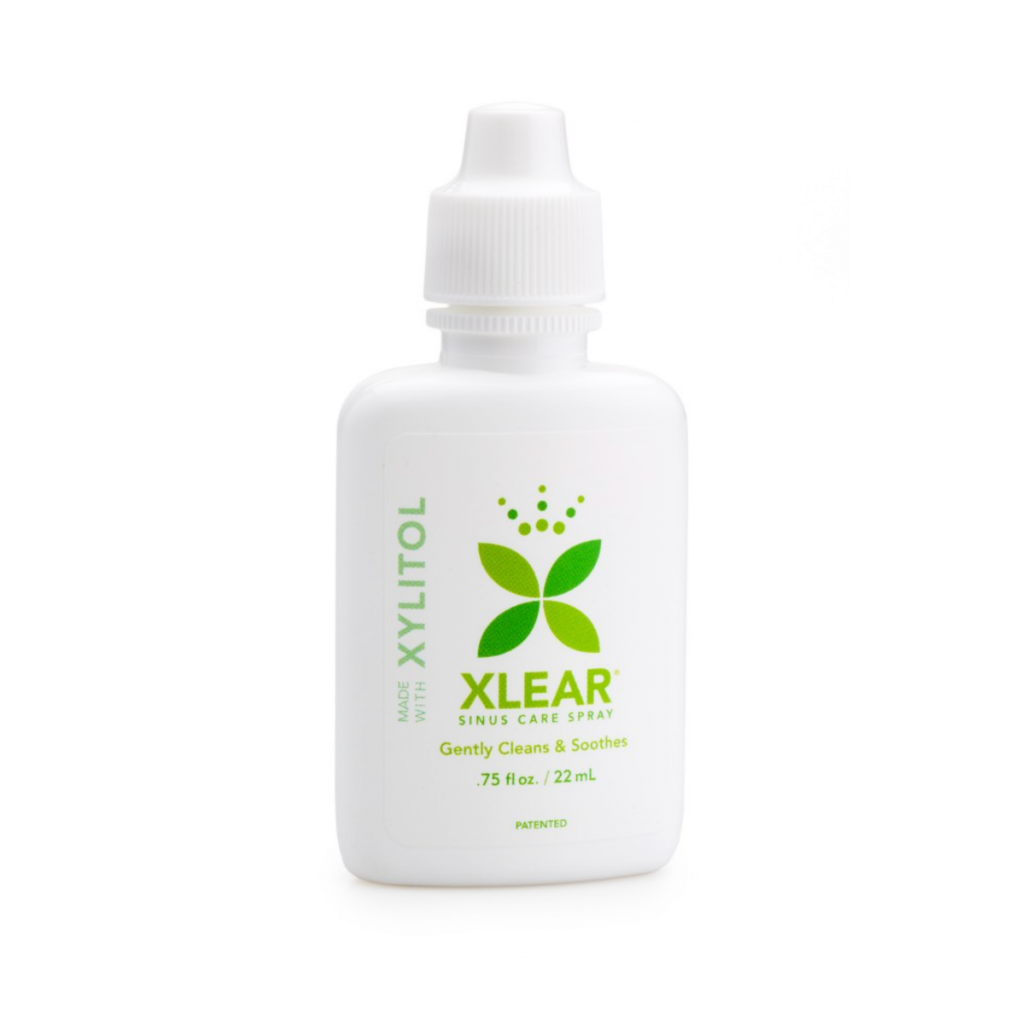 TonsilFresh Nasal Sinus Drops consist of a saline solution to which xylitol has also been added. Both ingredients are natural and highly effective in fighting bacteria. With a cleaner post-nasal drip, you prevent bad breath, tonsil stones and increased white deposits on your tongue.
TonsilFresh Nasal Sinus Drops consist of a saline solution to which xylitol has also been added. Both ingredients are natural and highly effective in fighting bacteria. With a cleaner post-nasal drip, you prevent bad breath, tonsil stones and increased white deposits on your tongue.
Finally
If your daily oral hygiene is in tip-top condition and you still have bad breath despite checking all the above factors, discuss this with your dentist or GP. There may be an underlying disease that you can’t resolve with good oral hygiene alone.
Sources
British Dental Association: Improving oral health
British Dental Journal: Help your patients tackle bad breath

